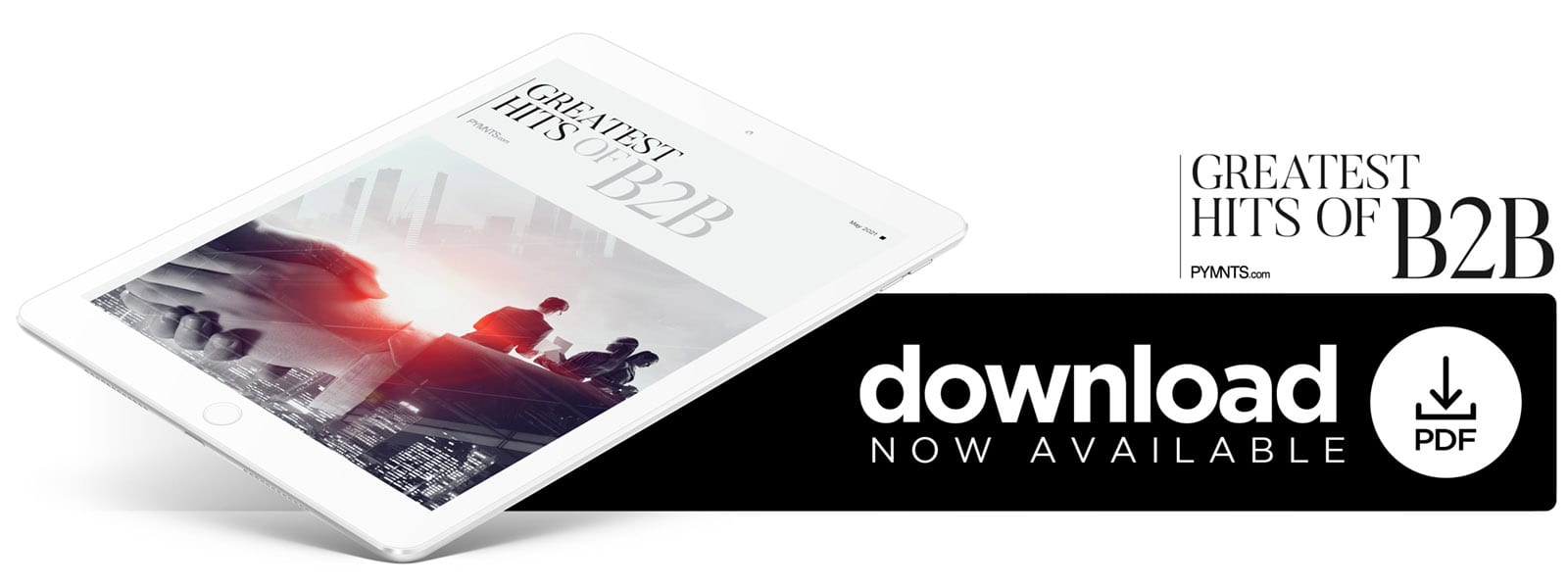
 No one said the modernization of B2B payments would be easy. But at the onset of the pandemic, chatter among industry innovators began to grow that companies would — finally! — put down the checkbook.
No one said the modernization of B2B payments would be easy. But at the onset of the pandemic, chatter among industry innovators began to grow that companies would — finally! — put down the checkbook.
There is evidence that the last year or so has undoubtedly created progress in the digitization of B2B payments — both in terms of accounts payable departments’ desire to use ePayment technologies, and in accounts receivable departments’ acceptance of them. Yet it has also revealed the importance of developing a modernization strategy that can meet businesses where they are.
Organizations that continue to use checks won’t necessarily be persuaded to completely overhaul their operations just because a new B2B payments technology is available. Indeed, as CheckAlt Chief Strategy Officer David Peterson explained, some FinTech providers “pushed all-in on electronic, and ignored the check,” leaving many corporates to continue struggling with the paper that remains.
Solution providers are discovering that a multi-pronged approach to digitization can ease the pain of change for businesses that can struggle to evolve. Increasingly, that means offering multiple payment rails including ACH, cards, real-time networks and even newer rails like blockchain or Visa B2B Connect, in addition to check services like lockbox technology.
This approach can tackle major pain points that have historically stood in the way of B2B payments digitization. For instance, a multi-rail approach can find common ground between buyers and sellers when vendors wish not to accept commercial cards, while other technologies like Mastercard Track Business Payments Service can automatically pinpoint which rail will optimize the movement of funds between businesses.
The value proposition of payments digitization must go beyond electronic payments, too. With the accelerating surge of B2B eCommerce adoption, vendors need ePayment tools that can be seamlessly embedded within their portals as the business customer experience grows increasingly important, including when those transactions occur across borders.
“Suppliers are also able to improve buyer relations by accommodating their preferred payment choice,” Darren Blair, head of B2B payments at Conferma Pay, said in a recent PYMNTS interview.
That deep integration isn’t merely a value for the payer. B2B sellers are also uncovering greater value through embedded, flexible solutions that can provide deeper insight into buyer behavior and streamline reconciliation workflows. According to PYMNTS and Flywire research, as explored in the Payments 2021: Assessing The Digital Gaps In Business Payment Flows report, a lack of access to data continues to create friction on both the accounts payable and accounts receivable sides of B2B transactions.
Meanwhile, for the FinTechs themselves, as more business buyers are willing to accept a fee for a better payment experience, that same visibility into data can unlock new revenue streams for service providers.
“It’s going to introduce opportunities for more players to lend, in more creative ways, to buyers and suppliers,” reflected WEX Vice President of Operations, Corporate Payment Solutions Dylan Jones.
As businesses migrate away from the paper check, they’ll be navigating toward payment methods that support their unique needs, likely causing disruption in the current competitive landscape between rails as a result.
Commercial card volumes that rose amid pandemic-fueled digitization efforts have shone a new spotlight on virtual card technology in particular, while emerging opportunities for real-time rails to optimize receivables through faster access to capital and vital transaction data are also boosting the value proposition of migrating away from check.
As organizations, their business partners and financial service technology providers navigate this evolution, finance leaders are taking the lead in guiding their firms through disruption and modernization. Regardless of which payment rails and technologies a company chooses to embrace, the CFO can guide their organization to adopting the solutions that will extract the most value from their B2B payments modernization roadmaps.
“As a CFO, there is a lot of opportunity because of the acceleration of collaboration technology,” LoginID CFO Vince Man told PYMNTS. “As a CFO, we need to leverage the acceleration of that technology to get everybody collaborating on creative ideas, to improve processes and the way we do business.”
With CFOs at the helm, PYMNTS takes a look at 2021’s top B2B payments stories — so far.